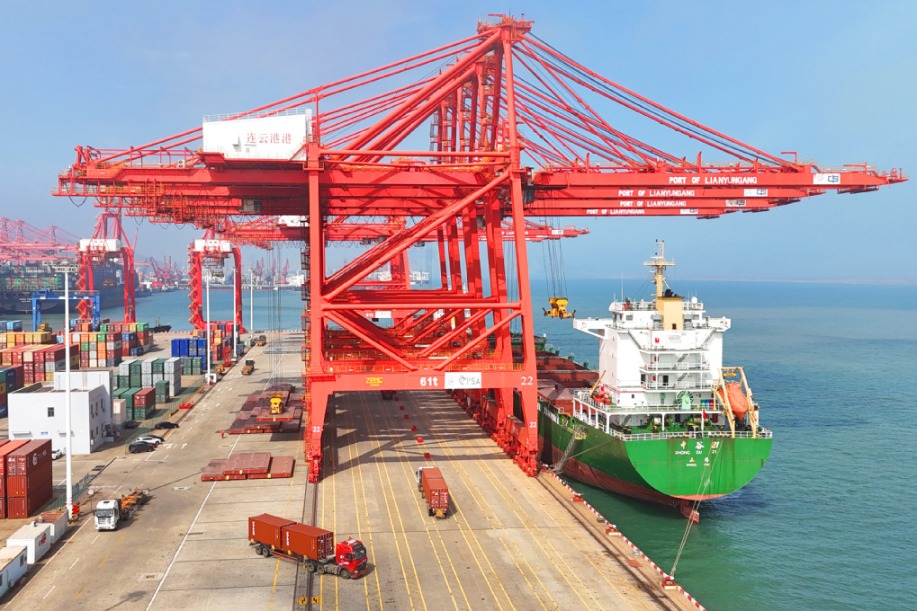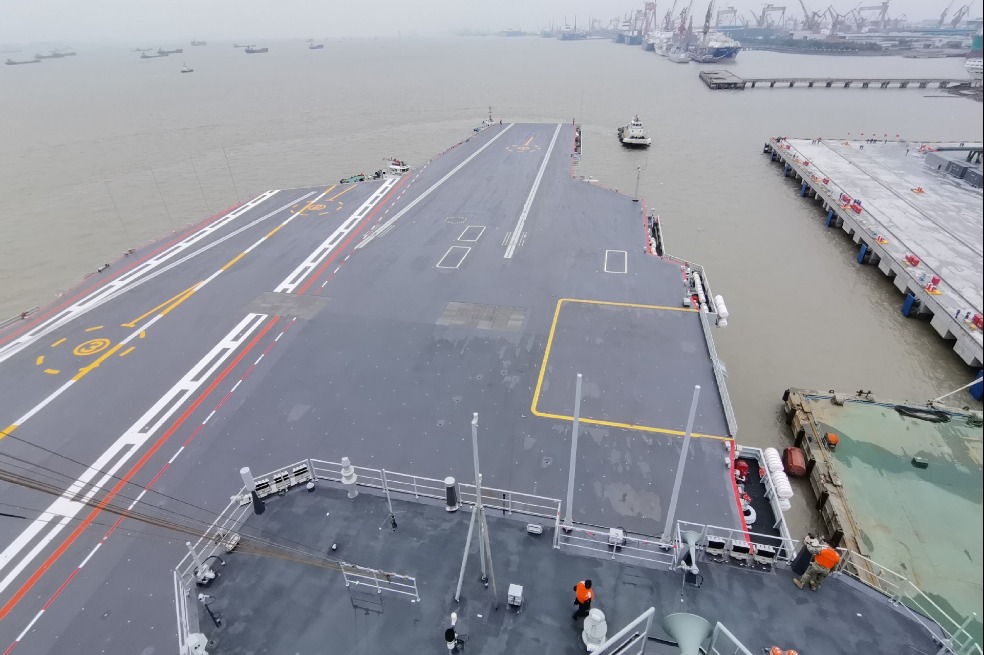Cloud-altering technology can protect our environment
By Barry He | China Daily Global | Updated: 2022-11-01 09:33

Artificial cloud technology could soon be used in the fight against environmental damage. Researchers in Australia have used turbines to spray salt water into the air, and noted that the reflective qualities of these artificial clouds helped protect the Great Barrier Reef from sun bleaching.
The so-called cloud brightening project works by thickening existing clouds and reducing sunlight exposure to the world's largest coral reef system, protecting the natural world heritage site off Australia's northeastern coast. It is hoped that more of this kind of technology could help reduce global rising temperatures in the near future.
No artificial chemicals make it into the clouds in the sky, and when water droplets evaporate they leave only small salt crystals that float up into the atmosphere. This provides a larger surface area for water vapor to condense around them, forming thicker clouds.
Being able to do this on demand in response to periods of marine heat waves can drastically reduce the water temperature and help protect the ecosystem beneath the waves. Threatened by climate change, the reef has, in the last three decades, already lost 50 percent of its coverage, with many scientists being concerned that it could completely disappear by the end of the century.
Cloud manipulation is becoming more commonplace as climate change threatens to disrupt our ecosystems. Cloud seeding is another form of this technology, which allows for rainfall to take place in areas of drought, or where pollution can affect quality of life. Here, chemicals such as silver iodine or dry ice are dispersed in the sky using planes or projectiles to trigger condensation. The technique has also been used to guarantee a minimum amount of water for municipal areas.
The past two years have seen unprecedented forest fires and droughts triggered by the climate change emergency, meaning that widespread use of this technique may become more commonplace if carbon emissions are not reined in.
Drones have also entered the cloud manipulation picture, being utilized in the United Arab Emeritus, a country desperately in need of more rainfall, to deliver electrical shocks to clouds in order to promote rainfall. Zapping clouds to produce a positive or negative charge within clouds can cause water droplets to form together. The greater the charge, the larger the droplets, vital for ensuring that as much rain as possible reaches the surface before evaporation sizzles up all the hard-won moisture.
Even discounting climate change, global waterfall shortages are still a growing concern, giving the planet's booming population. More people means more mouths to feed, and the demand for water in agriculture for animals and crops further increases urgency for cloud seeding technology. An increase in rain also leads to positive economic growth in many countries, as bountiful harvests stabilize financial systems and living standards in all climates.
By triggering rainfall or cloud activity in the environment, scientists may also be able to limit the effects of drastic natural precipitation, which can lead to flash flooding and other natural disasters. By taking away the power of large storms earlier on, it is hoped that some sort of protection can be offered to populations in areas most vulnerable to unpredictable and violent climate change events.
Increasingly, scientists are looking to our skies in providing solutions to protect our environment. Cloud manipulation and seeding technologies have promise; however, they can also be extremely expensive to run. For this field of science to become practical economically, more research needs to be done in making this process a viable option in protecting our environment.
























